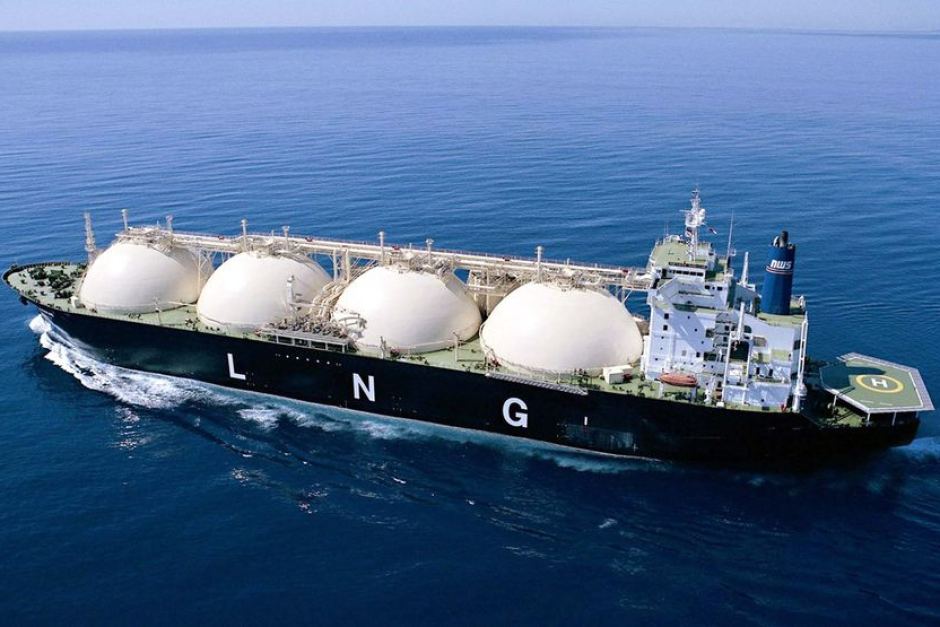What is LNG and Why is it on the Rise?


Liquefied Natural Gas (LNG) has transformed the natural gas market. Since it’s development in 1964, it has presented an alternative source of fuel that is cleaner and more cost-effective. The LNG market is expected to grow at approximately 5% annually, with a global demand of about 430 million tonnes per annum in 2025.
- What is LNG?
LNG is a clear non-toxic liquid which forms when natural gas is cooled to -160ºC (-260ºF). This temperature drop liquefies the methane present in the natural gas, making transportation at atmospheric pressure in liquid form possible. LNG, which is largely composed of methane (85% to 99%), is odourless, colourless and non-corrosive.
- LNG Vessels
How is LNG transported? LNG vessels, or tankers, are specially designed to keep LNG in it’s liquid form. LNG tankers are thermally insulated and designed to transport large amounts of LNG where it is maintained in liquid form at -160ºC. A typical LNG tanker has four to six tanks located along the center of the vessel, and a combination of ballast tanks, cofferdams and voids surrounding it.
- Regasification of LNG at the terminal
At the terminal, LNG is offloaded from the vessels and either stored or regasified using heat exchangers for distribution and sale. Each tank is equipped with submerged pumps that transfer the LNG to high-pressure pumps to convert the liquid back into gas form. This is done through a heating process where LNG is passed through a series of vaporizers that raise the temperature of the fuel to help with the conversion. The gas is then transported via pipelines.
- Uses and benefits of LNG
In recent years, LNG has gained a lot of attention for its benefits and as a choice for alternative fuel. As LNG burns cleaner than regular gasoline, it produces lower carbon emissions and cuts greenhouse gas emissions by up to 40%. If LNG is regasified, natural gas can be used as fuel to generate electricity as well. Most U.S. power plants have been built to run on natural gas due to these reasons.
Other benefits of LNG also include the safety of LNG tankers. There has been little reports of LNG accidents on land or at sea, as LNG is only flammable when there is 5%-15% of it in the air. LNG can also be easily stored if there is lesser demand, then regasified when needed.
- So why is LNG on the rise?
The many uses and benefits mentioned above contribute to the reasons why LNG is so popular. However, another reason why is due the growth in natural gas production. With recent advancements in drilling technology and discoveries of new natural gas sites, there has been an increase in production of natural gas. The natural abundance of LNG also presents a viable solution to meet the ever-increasing demand for fuel in the world.
Advanced LNG Vessel Transfer and STS is a 3-day course to equip delegates with the fundamentals of advanced STS and LNG transfer operations. Delegates will learn the practical tools and techniques that can be utilised to manage risk more effectively and make better practical decisions while handling. The course is for ship owners and offshore personnel. For more information, please visit us at http://www.opuskinetic.com/training or contact us at info@opuskinetic.com.
Opus Kinetic believes that people are why organisations are successful, and giving people the knowledge to perform well at their job is integral for success. We pride ourselves as the premier provider of knowledge, offering acclaimed in-house trainings, and many others professional training courses spanning from various industries. Our training courses are well researched and updated with the latest industry trends. For more information on our professional training programs, you can visit us at http://www.opuskinetic.com/training.
